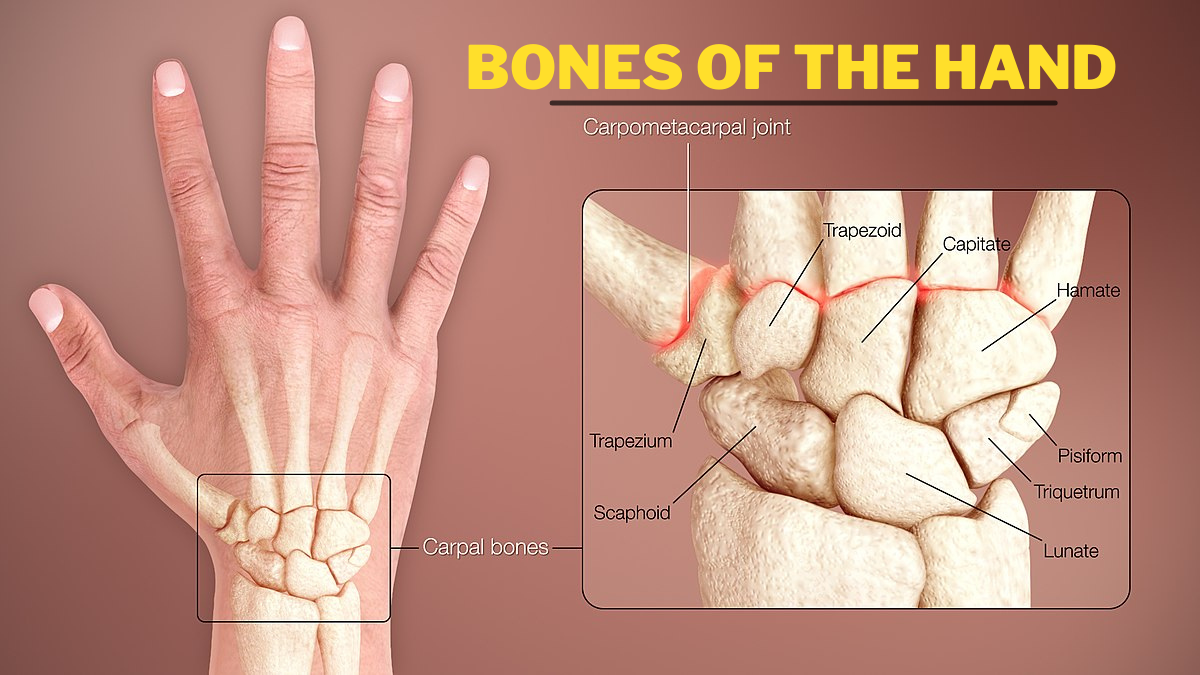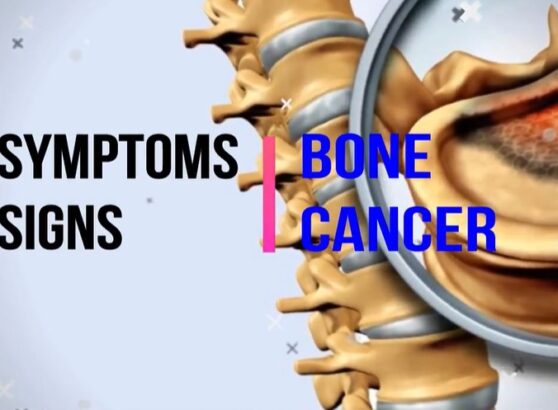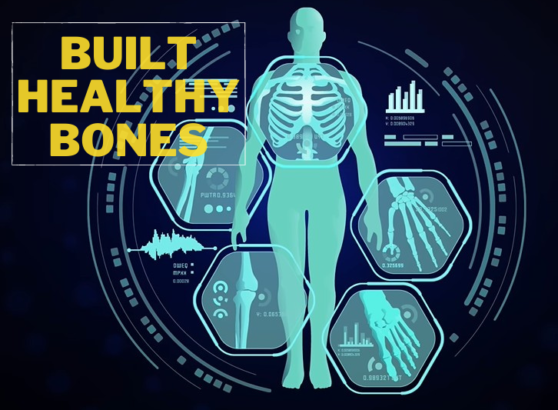We are going to talk about the bones of the hand. And there are some questions like what are the bones of the hand? What are the primary bony landmarks? And what are some reasons to learn about them?
Let’s begin with the principle bone of the hand. Those bones consist of carpals, metacarpals, and phalanges.

Carpal bones are the wrist. In the surface anatomy, the christ is showing you the location of carpal bones. If you go right in the middle and distal then, there is an area called the carpal tunnel.
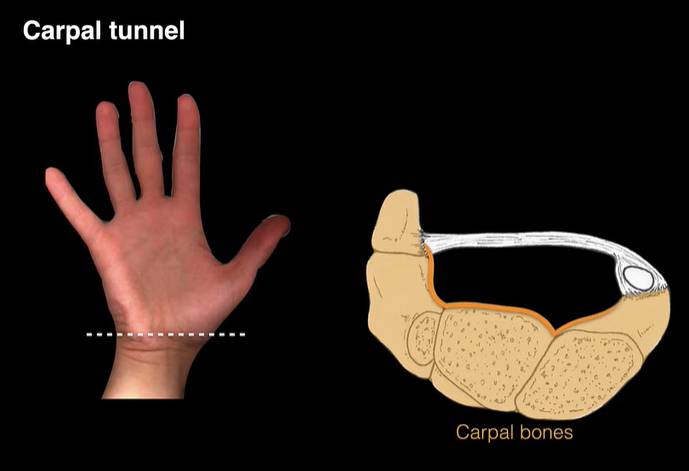
Carpal bones form a concave surface and this has a roof called transverse carpal ligament (flexor retinaculum). It is made of dense regular collagen collective tissue and this is extremely tough as most as bones.
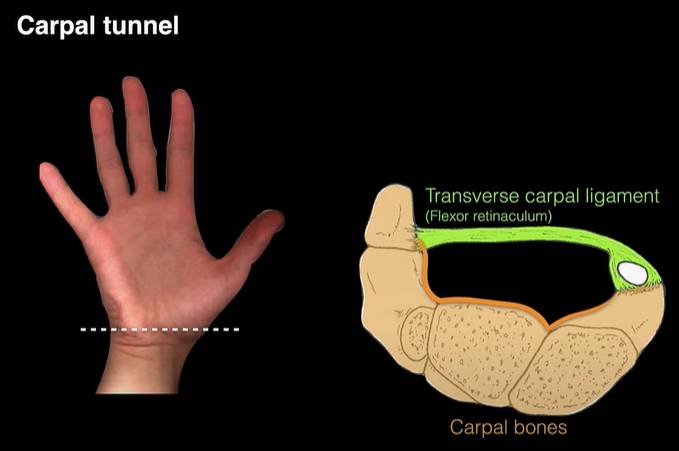
The transverse carpal ligament forms a carpal tunnel it contains 4 tendons of the flexor digitorum superficialis (FDS), 4 tendons of the flexor digitorum profundus (FDP), and 1 flexor pollicis longus (FPL) tendon.
These 9 tendons all are wrap in synovial sheaths shown in blue color below image,
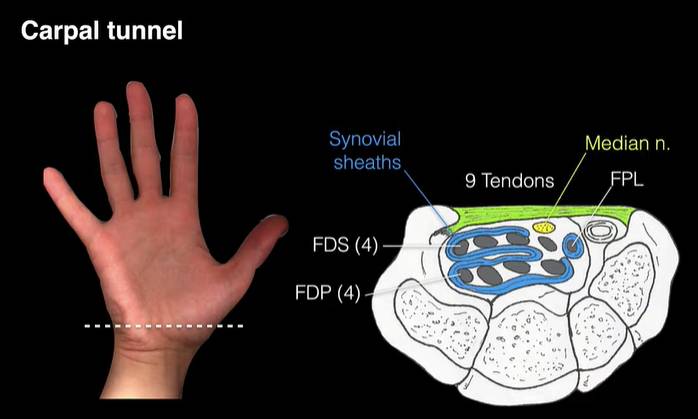
And there is a median nerve which is basically, it’s a connection between the forearm and the surface of the hand.
There are 8 carpal bones are organized in two rows. There is a proximal row 4 of carpal bones and distal row 4 of carpal bones.
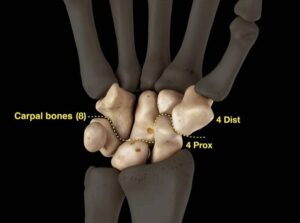
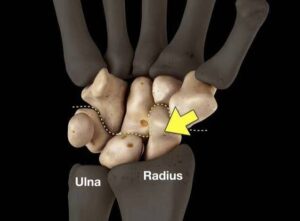
There is a radius and ulna. Let’s, look at the 8 carpal bone are,
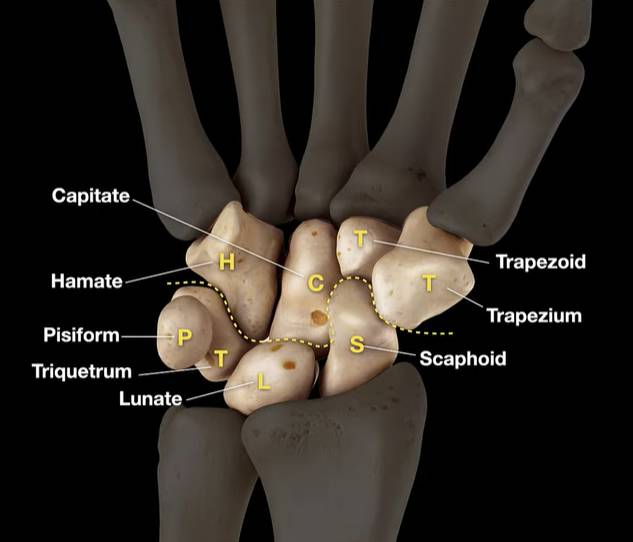
- Scaphoid bone: The scaphoid articulates with the radius and it lies on the thumb side of your wrist. The scaphoid fracture is the most common fracture of the carpal bone.
- Lunate bone: Lunate means ‘moon’ in Latin because it has a shape like a moon.
- Triquetrum bone: This bone is articulate in the medial side of the wrist joint. It is a pyramidal-shaped bone.
- Pisiform bone: Pisiform bone has a shape of a pea that comes from the Latin word.
- Trapezium bone: The trapezium bone is the last in the row of wrist bones and is located beneath the thumb joint.
- Trapezoid bone: Trapezoid bone is Latin for table shaped.
- Capitate bone: Capitate bone is Latin for head-shaped.
- Hamate bone: Hamate bone is Latin for hook-shaped.
The Metacarpals bones get their name because the prefix ‘Meta’ is Greek for ‘after the wrist’. These are the bones after the wrist. There is the bone from 1 to 5.
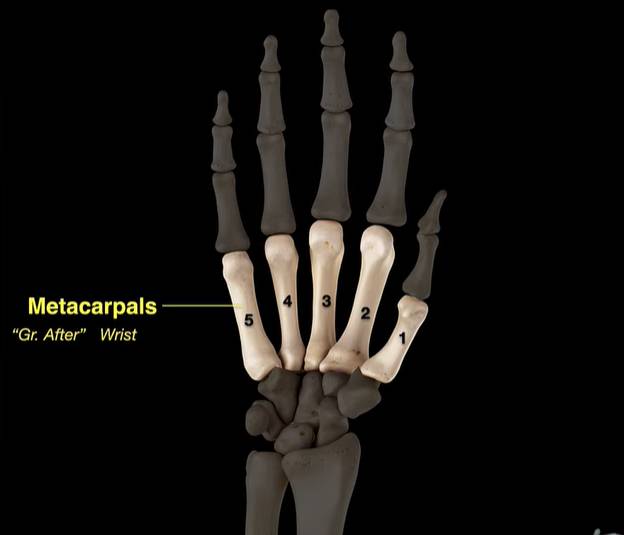
They are found in the palm area. So, there are metacarpals 1, 3, and 5. The medial shaft of the metacarpals in the body in the distal portion is called the “head” and the proximal portion is called the “base”.
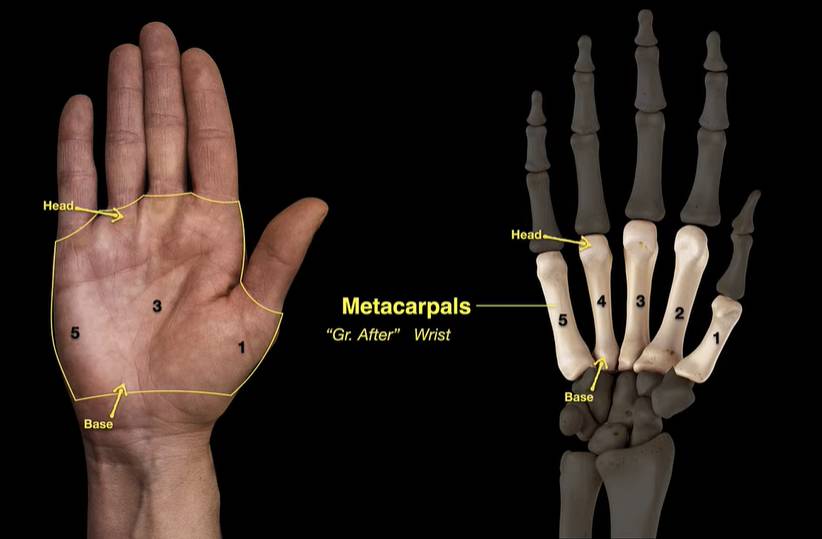
The Phalanges are,
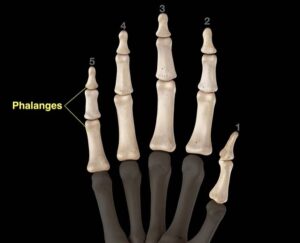
- Thumb finger
- Index finger
- Swear finger
- Ring finger
- Pinky finger
If we look at from finger 2 to finger 5, they are composed of three phalanges: proximal phalanges, middle phalanges, and distal phalanges. The thumb only has proximal and distal phalanges.
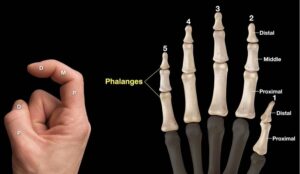
Metacarpophalangeal joints (MCP)
The joint between metacarpals and proximal phalanges is called the Metacarpophalangeal (MCP) joint.
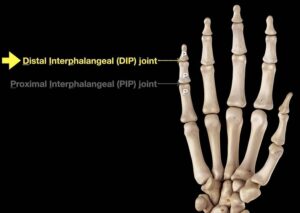
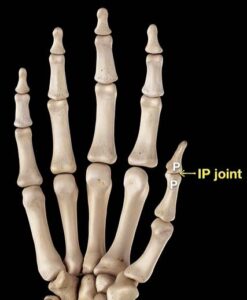
- The joint between the phalanges is called Proximal Interphalangeal (PIP) joint.
- The joint between the proximal Interphalangeal and distal is called the distal interphalangeal (DIP) joint.
- There are only two phalanges in the thumb, so there is only the Interphalangeal (IP) joint.
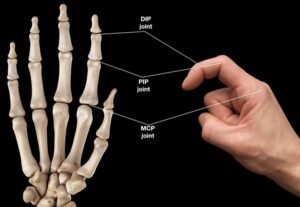
For more information talk to a healthcare provider.
If you have any questions about Bones of the hand please feel free and leave a comment.
Do share this blog with your friends and family!


